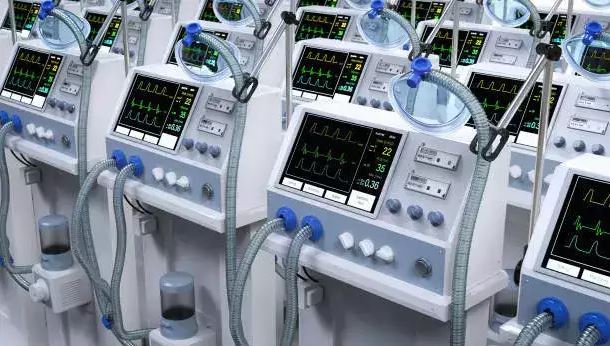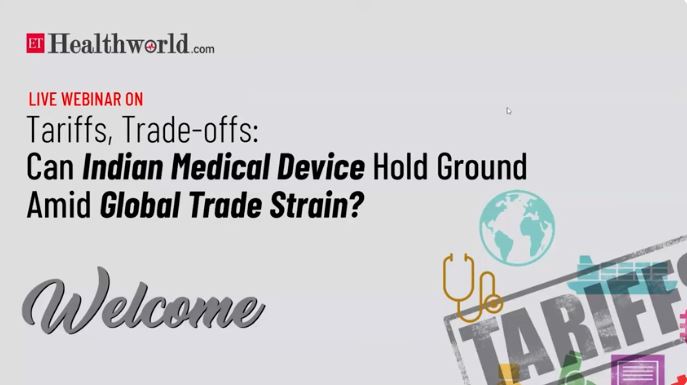NPPA welcomes the move, to inform revised MRPs within a week
The government has decided to step-in to regulate the price of oxygen concentrators due to the recent volatility in maximum retail prices (MRP). As per information collected by the government, margin at the level of distributor currently ranges up to 198 per cent.
By invoking extraordinary powers under Para 19 of the DPCO, 2013 in larger public interest NPPA has capped the trade margin up to 70 per cent on Price to Distributor (PTD) level on oxygen concentrators.
Earlier, in February 2019, NPPA had successfully capped the trade margin on anti-cancer drugs. Based on the notified trade margin, NPPA has instructed the manufacturers / importers to report revised MRP within three days. Revised MRPs will be informed in public domain within a week by NPPA.
Every retailer, dealer, hospital and institution shall display price list as furnished by the manufacturer, on a conspicuous part of the business premises in a manner to be easily accessible to any person wishing to consult the same. The manufacturers / importers not complying with the revised MRP after trade margin capping, shall be liable to deposit the overcharged amount along with interest @15 per cent and penalty up to 100 per cent under the provisions of the Drugs (Prices Control) Order, 2013 read with Essential Commodities Act, 1955.
State Drug Controllers (SDCs) shall monitor the compliance of the order to ensure that no manufacturer, distributer, retailer shall sell oxygen concentrators to any consumer at a price exceeding the revised MRP, to prevent instances of black-marketing.
The Order shall be applicable up to November 30, 2021, subject to review.
Pavan Choudary, Chairman, MTaI, said “We are pleased to note the policy consistency in this move of NPPA to bring oxygen concentrators under Trade margin rationalization (TMR). It was unfortunate to see MRPs of these lifesaving devices skyrocketing as patients gasped for oxygen. This move will build on the success of TMR which was brought for cancer drugs and saved more than Rs 980 crores.”
Choudary added, “Though it is not fully in line with what MTaI has proposed because medical devices need greater margins, still it is a step in the right direction and it will provide reasonable margin for players who bear the cost of innovation, fluctuations of raw materials, logistics cost and even fluctuations in training and after sales service cost as witnessed recently, while at the same time usher in affordability for patients. The averaging out of machines given as free patient aids is another concern.”




